About the concept and the design resources
Identity is frequently defined by who we are, where do we come from and where do we go; these three vital moments characterize individuality and, supported by design, are translated into atmospheres allowing the user to imprint that identity in every space.
For this house, two rather remote design principles were specified: the sensations obtained from the spatiality of haciendas, and the energetic fundamentals present in oriental ideologies. This will be the premise to establish the house personality that searches inherently for harmony and familiarity. On one side, the house was conceived with the purpose of rescuing the modus vivendi of haciendas that served as inspiration for the search of a bucolic character that merges with the actual design, avoiding historicisms.
The users, antique collectors, wanted to transmit the passion for the antique with an architecture that allowed key pieces to be the protagonists in the space, mixing contemporary furniture to elude the impression of living in a gallery.
On the other side, it was necessary that the energetic balance obtained through harmonization disciplines like feng shui, was present in every aspect of the design. For this, special attention was paid to dimensions, materials, site and proportions.
The juxtapositions of these conditions is what generated the challenge of creating a house that transmits a cozy and contemporary sensation, whose goal is to be enjoyed and lived in a traditional Mexican way: with friends and family.
The energy flow resulted fundamental. With the hacienda as primary concept, the distribution of the spaces followed a series of harmonic principles that determined not only the architectural floor plans but also the materiality of every space. The feng shui standards were included in diverse shapes such as a principal entry with an Andalusian inspired fountain that connects with a patio where a Magnolia redirects the inhabitant into the staircase framed by a metallic rail, or into the living room delimited by a wood cube that reveals a bar once opened. To the back, a fire pit completes the circle of elements: water, soil, metal, wood and fire.
Around this circle, the social areas interconnect each other in the same way hacienda rooms do. The relation with the exterior became remarkably important being the house able to enjoy the imposing views that surround it and the interior patio through very subtle transitions. This, combined with considerable heights, large windows and symmetry, provide the house with a certain dynamism that strengthens the reinterpretation of the hacienda.
Lastly, familiarity and singularity were obtained by placing antiques along with a contemporary design to conceived sophisticated atmospheres that maintain the personality the clients wanted to reflect in the house they would share with friends and family, creating a kaleidoscope of experiences.
Project Name: LJ30 House
Architects: JDEstudio, CDM Casas de México - http://cdm.la/
Location: Zapopan, Mexico
Year: 2017
Photography: Alexandre Masse, Adrien Williams - http://adrienwilliams.com/
Architects In Charge: Javier Dueñas (JDEstudio), Jaime de Obeso (JDEstudio)
Architecture And Construction Team: Delfino Lozano, Daniel Villalba, Gabriela González, Gustavo Martin, Adriana Alarcón,Gabriela Serrano, Ernesto Godínez, Rodrigo Carreón
Plumbing Installations: IPLA
Illumination: Artenluz
Electrical Calculation: GRB
Automation: AVS
Carpentry: Creativos en Carpintería
Window Shop: Ventalum y Alejandro Rojo
Harmonization: Ana Mejía
Kitchen: PIACERE
Interior Design: Kenya Rodriguez Estudio
Landscaping: Javier Dueñas (JDEstudio)
Construction: CDM Casas de México
Collaborative Architects: Delfino Lozano, Daniel Villalba, Gabriela González, Gustavo Martin, Adriana Alarcón, Gabriela Serrano, Ernesto Godínez, Rodrigo Carreón, CDM Casas de México
Inner Light by Kevin MacLeod is licensed under a Creative Commons Attribution 4.0 license. https://creativecommons.org/licenses/by/4.0/
#housedesign #homedesign #hacienda
Identity is frequently defined by who we are, where do we come from and where do we go; these three vital moments characterize individuality and, supported by design, are translated into atmospheres allowing the user to imprint that identity in every space.
For this house, two rather remote design principles were specified: the sensations obtained from the spatiality of haciendas, and the energetic fundamentals present in oriental ideologies. This will be the premise to establish the house personality that searches inherently for harmony and familiarity. On one side, the house was conceived with the purpose of rescuing the modus vivendi of haciendas that served as inspiration for the search of a bucolic character that merges with the actual design, avoiding historicisms.
The users, antique collectors, wanted to transmit the passion for the antique with an architecture that allowed key pieces to be the protagonists in the space, mixing contemporary furniture to elude the impression of living in a gallery.
On the other side, it was necessary that the energetic balance obtained through harmonization disciplines like feng shui, was present in every aspect of the design. For this, special attention was paid to dimensions, materials, site and proportions.
The juxtapositions of these conditions is what generated the challenge of creating a house that transmits a cozy and contemporary sensation, whose goal is to be enjoyed and lived in a traditional Mexican way: with friends and family.
The energy flow resulted fundamental. With the hacienda as primary concept, the distribution of the spaces followed a series of harmonic principles that determined not only the architectural floor plans but also the materiality of every space. The feng shui standards were included in diverse shapes such as a principal entry with an Andalusian inspired fountain that connects with a patio where a Magnolia redirects the inhabitant into the staircase framed by a metallic rail, or into the living room delimited by a wood cube that reveals a bar once opened. To the back, a fire pit completes the circle of elements: water, soil, metal, wood and fire.
Around this circle, the social areas interconnect each other in the same way hacienda rooms do. The relation with the exterior became remarkably important being the house able to enjoy the imposing views that surround it and the interior patio through very subtle transitions. This, combined with considerable heights, large windows and symmetry, provide the house with a certain dynamism that strengthens the reinterpretation of the hacienda.
Lastly, familiarity and singularity were obtained by placing antiques along with a contemporary design to conceived sophisticated atmospheres that maintain the personality the clients wanted to reflect in the house they would share with friends and family, creating a kaleidoscope of experiences.
Project Name: LJ30 House
Architects: JDEstudio, CDM Casas de México - http://cdm.la/
Location: Zapopan, Mexico
Year: 2017
Photography: Alexandre Masse, Adrien Williams - http://adrienwilliams.com/
Architects In Charge: Javier Dueñas (JDEstudio), Jaime de Obeso (JDEstudio)
Architecture And Construction Team: Delfino Lozano, Daniel Villalba, Gabriela González, Gustavo Martin, Adriana Alarcón,Gabriela Serrano, Ernesto Godínez, Rodrigo Carreón
Plumbing Installations: IPLA
Illumination: Artenluz
Electrical Calculation: GRB
Automation: AVS
Carpentry: Creativos en Carpintería
Window Shop: Ventalum y Alejandro Rojo
Harmonization: Ana Mejía
Kitchen: PIACERE
Interior Design: Kenya Rodriguez Estudio
Landscaping: Javier Dueñas (JDEstudio)
Construction: CDM Casas de México
Collaborative Architects: Delfino Lozano, Daniel Villalba, Gabriela González, Gustavo Martin, Adriana Alarcón, Gabriela Serrano, Ernesto Godínez, Rodrigo Carreón, CDM Casas de México
Inner Light by Kevin MacLeod is licensed under a Creative Commons Attribution 4.0 license. https://creativecommons.org/licenses/by/4.0/
#housedesign #homedesign #hacienda
- Catégories
- Feng Shui
- Mots-clés
- Zapopan, Mexico, Mexican houses







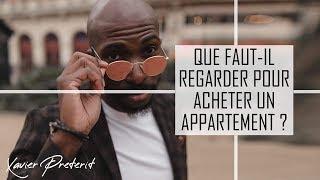
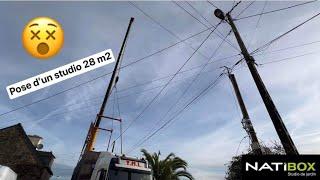
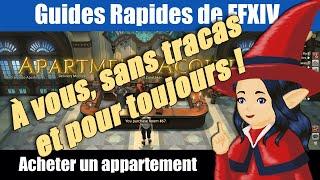
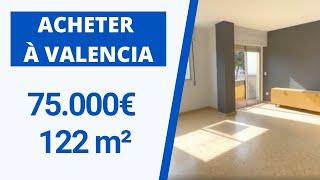
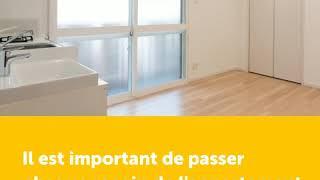
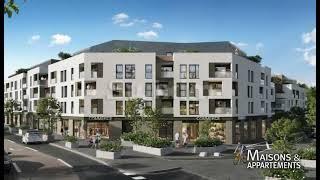
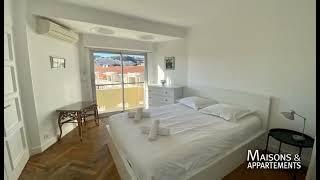
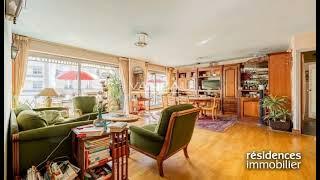


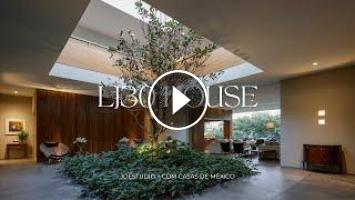
Commentaires